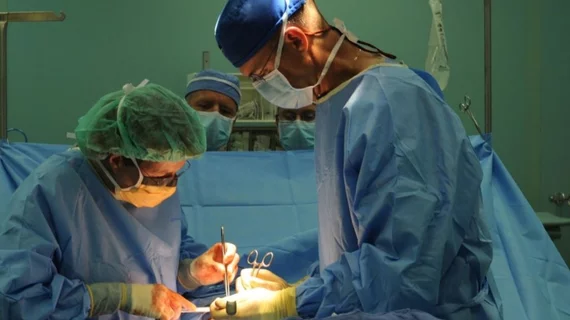3D printing used to reproduce lower jaw in face transplant
A portion of a woman's face transplant was created through the use of 3D printing. About a year after receiving the transplant, suicide survivor Katie Stubblefield is discussing her experience in an effort to raise awareness of suicide, according to a CNN report.
Stubblefield suffered serious facial injuries after she shot herself in the face as a teenager. Since then, physicians have been working to restore her facial structure and functions with a transplant.
According to the report, full and partial face transplants involve replacing all or parts of a person's face with donated tissue from a deceased donor. Stubblefield's procedure involved transplanting the scalp, forehead, upper and lower eyelids, eye sockets, nose, upper cheeks, upper jaw and half of the lower jaw, upper teeth and some facial nerves, muscles and skin.
A portion of her transplant was made possible through the use of 3D printing.
Prior to her procedure, surgeons at Cleveland Clinic used 3D printing to help reconstruct about 90 percent of her lower jaw. They also used CT scans of the jaw of her older sister to print a model template for the reconstruction, the report said.
"We made a plate designed for the combination of Katie and her sister's jaw, and that's what we used to make Katie's jaw before we did the transplant," Cleveland Clinic plastic surgeon Brian Gastman, MD, said in the report.
At 21, she was the youngest person in the United States to receive a face transplant. She's believed to be the 39th person—out of 40 total people—in the world to ever receive a face transplant.
To read the full CNN report, click the link below:

